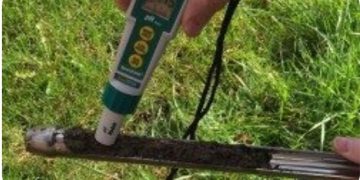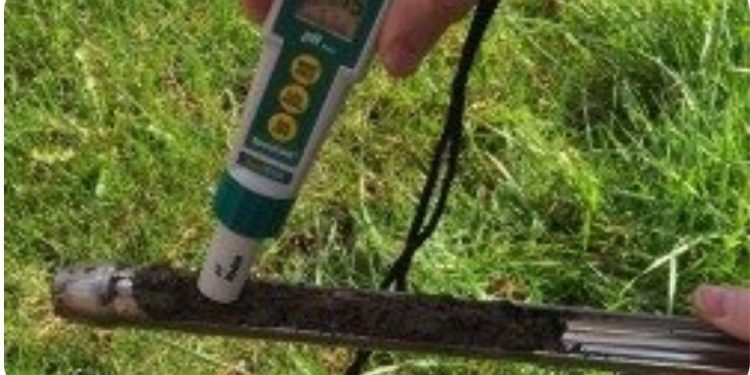Decreasing soil pH, also called soil acidification, is a growing concern in eastern Washington and northern Idaho. Researchers and farmers have found soil pH values below 5.0 (more acidic) throughout the Palouse region. Acid soil can reduce the accessibility of some nutrients, while increasing the availability of other nutrients, such as aluminum, causing toxic effects.
One simple way to check soil acidity is to use a soil pH meter. With this device, growers can collect and accurately test a sample in the field in a matter of minutes and at detailed levels.
“Using a pH Meter for In-Field Soil pH Sampling (FS205E)” is a new WSU Extension Fact Sheet that discusses how to select a pH meter for soil testing. It is part of the WSU series of fact sheets on soil acidification. The new guide shows readers how to use a pH meter for testing solid soil rather than a slurry or liquid. Most pH meters work only for liquid solutions and are more difficult for testing in the field. The guide also covers the tools and equipment needed for collecting sample and provides instructions for testing. It even includes a sample recording sheet for documenting pH levels at different soil layers.
Read “Using a pH Meter for In-Field Soil pH Sampling” online on the Washington State University Extension website.
Columbia County extension agronomist and precision agriculture specialist Paul G. Carter is actively involved with soil acidification issues in eastern Washington.
Source: Washington State University Extension































